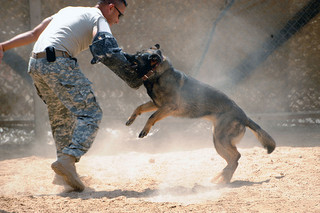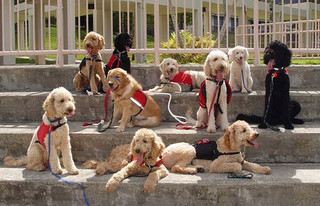How To Train A Dog To Focus
The following is a question from one of the members of our website:
My dog is very good at obeying a command when he is looking at me and I tell him what to do along with giving him a gesture with my hand. He gets distracted easily.
What would you suggest that I do when I have my dog is on leash and I want him to “look” at me so that I can give him a command using my hand and voice at the same time?
Thanks for your time. Awesome videos, your techniques actually work!!!
Diane
How To Train A Dog To Focus
View On YouTube- How To Train A Dog To Focus
How To Train A Dog To Focus
Generally speaking, when I’m asked how to train a dog to focus and how to train a dog with hand signals I give an answer that most people weren’t expecting. That reason is, I almost never train a dog to focus on command. The reason why is two-fold:
- It’s limiting. People who want to learn how to train a dog to focus often don’t realize that it’s essentially training the dog to not pay attention until someone is begging for their attention.
- It’s cumbersome. I like to have my command be a call to attention AND a call to action.
In that sense I am training a dog to focus but I’m not doing it in the sense that most people are asking about. Here is how to train a dog to focus:
- Give one ‘free’ command. Just say the command in a calm even tone. It doesn’t matter if the dog is paying attention or not, simply give the command.
- If the dog obeys the command, great! Praise the dog.
- If the dog disobeys the command, don’t get upset. Simply repeat the command with a correction. This step of the formula is how to train a dog to focus. Simply put, it doesn’t matter if the dog was paying you any heed to begin with. When you start correcting for non-compliance the dog quickly learns to pay attention AND obey the given command.
- Praise the dog once the correction achieved compliance.
- Insist on permanence; i.e. if you’ve said sit, keep sitting. If you’ve said heel, keep heeling, etc.
The occasions where I DO teach a dog to focus are generally based around fixing an aggression issue where the dog needs pay attention to the owner vs. the aggressive trigger.
My advice to my clients is to NOT train their dogs to focus on command but to rather have a higher level of obedience requiring the dog to be at the ready for commands throughout the day.










Follow Us!